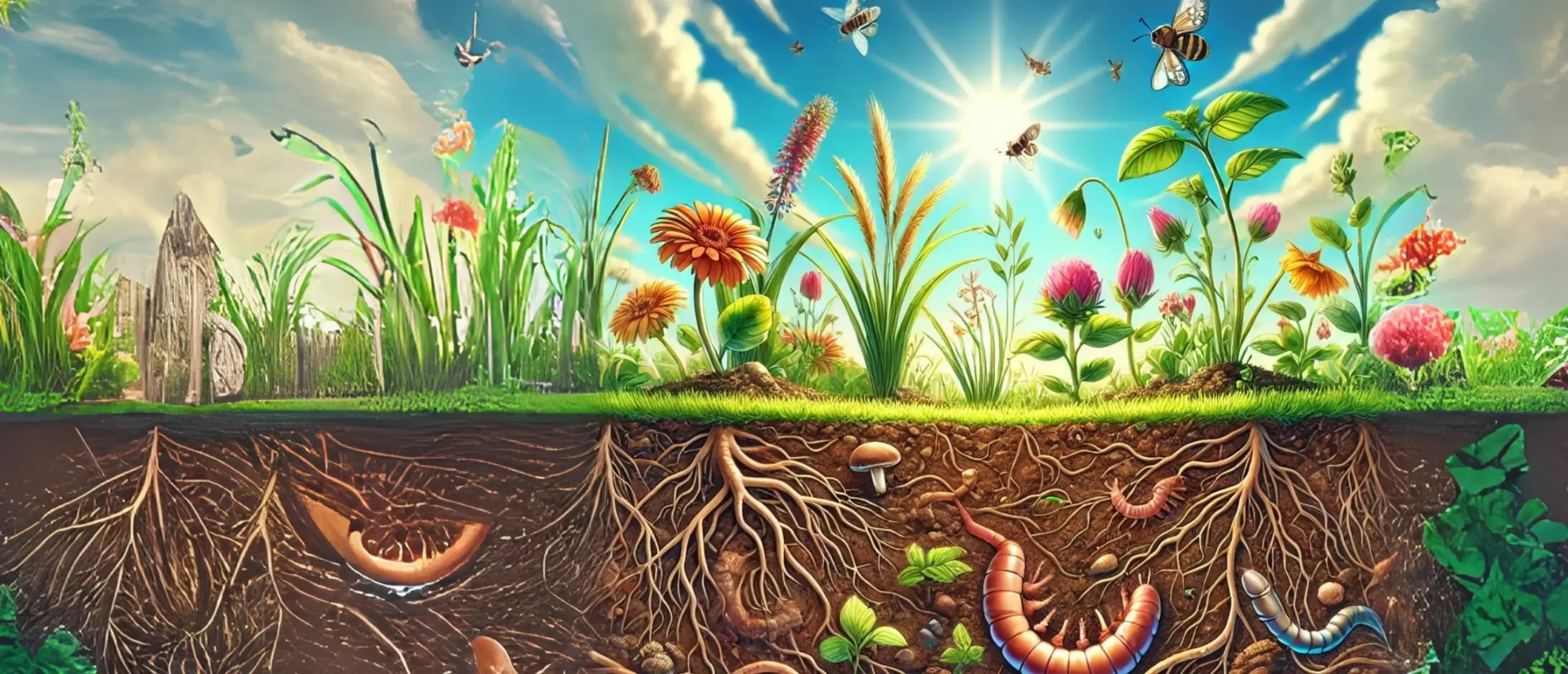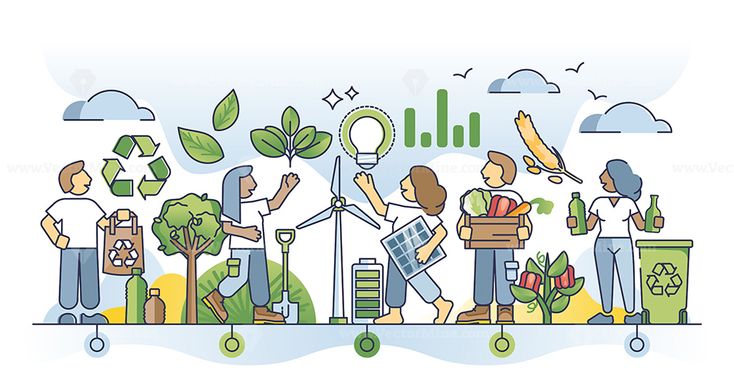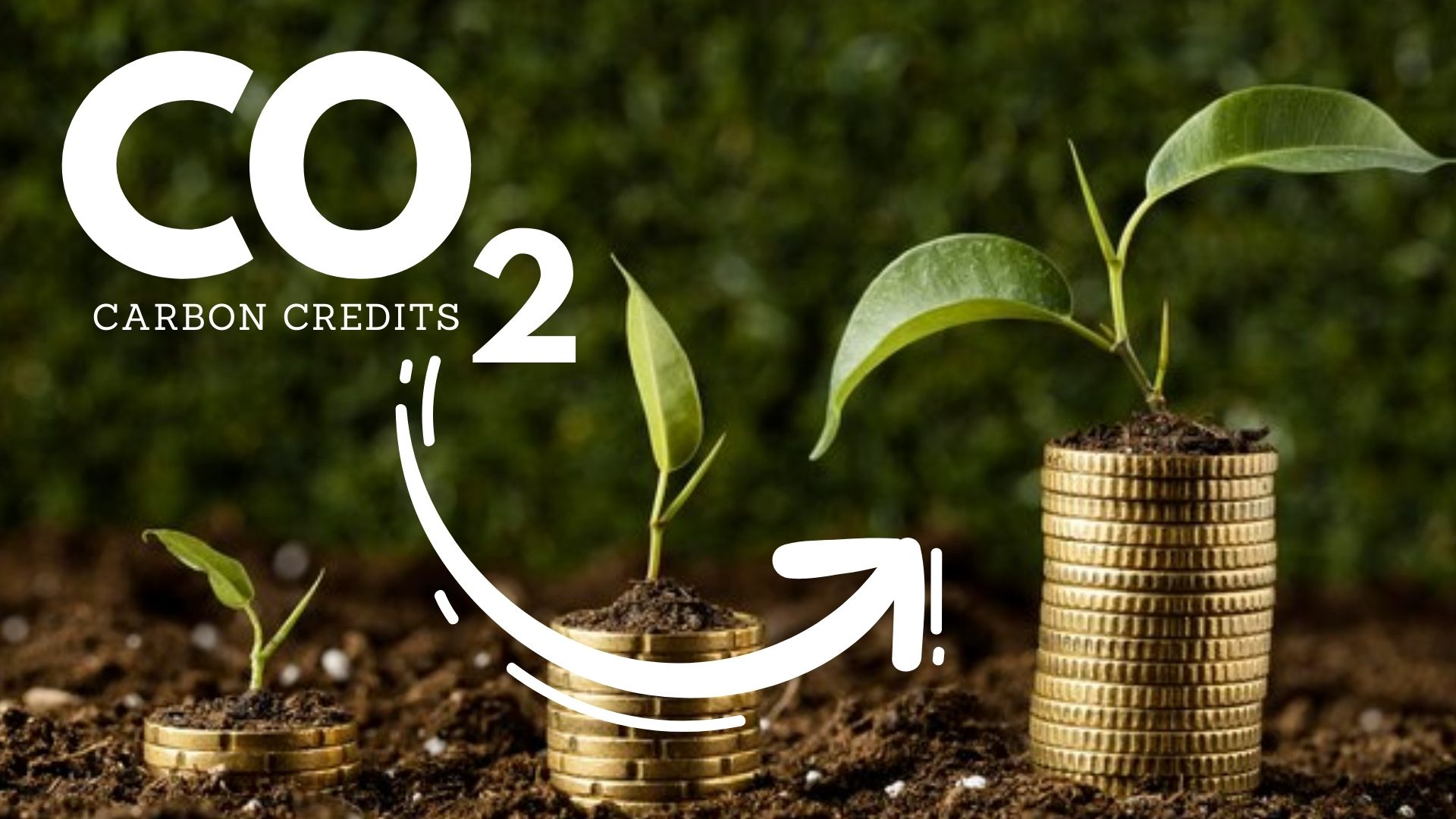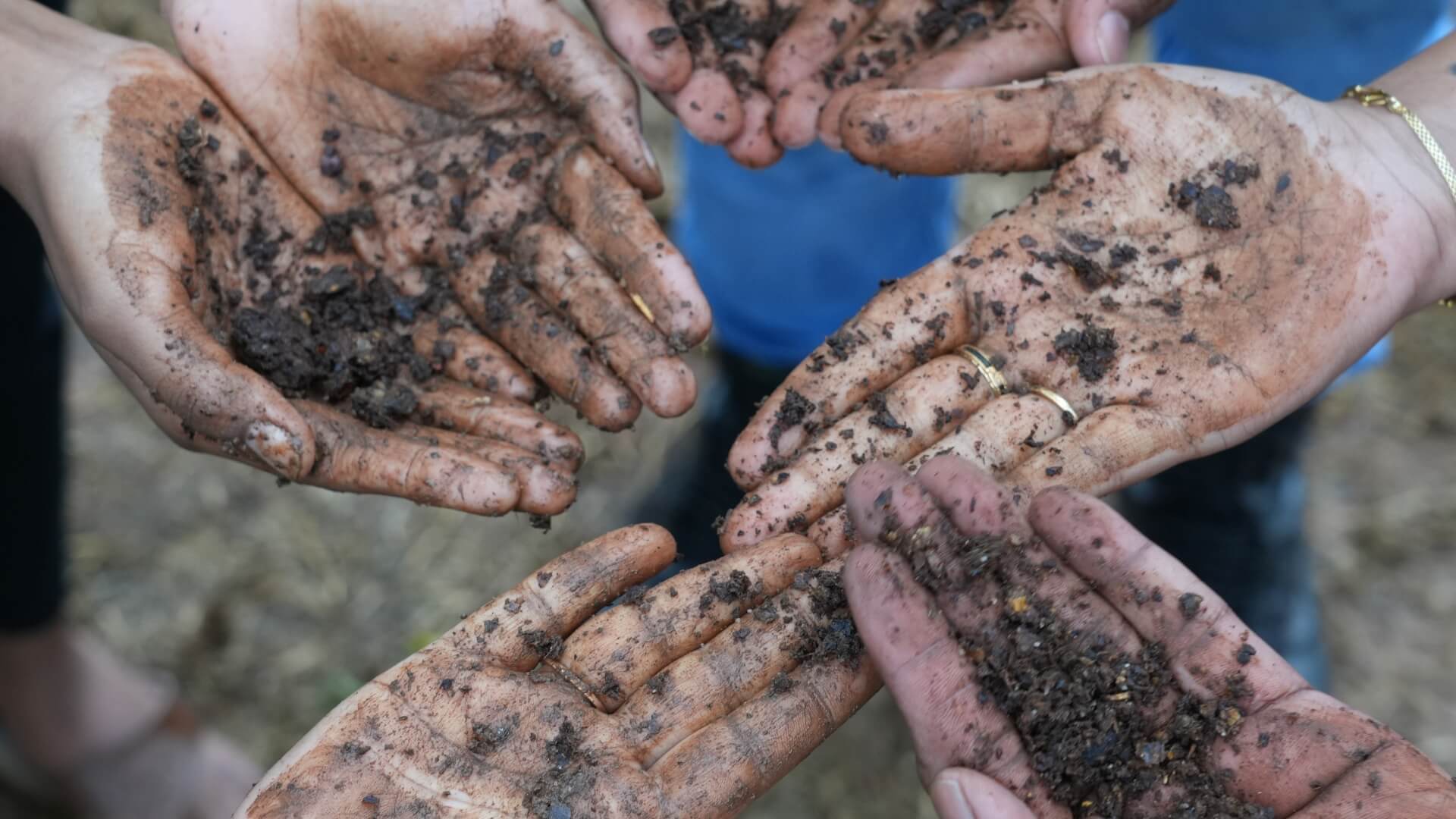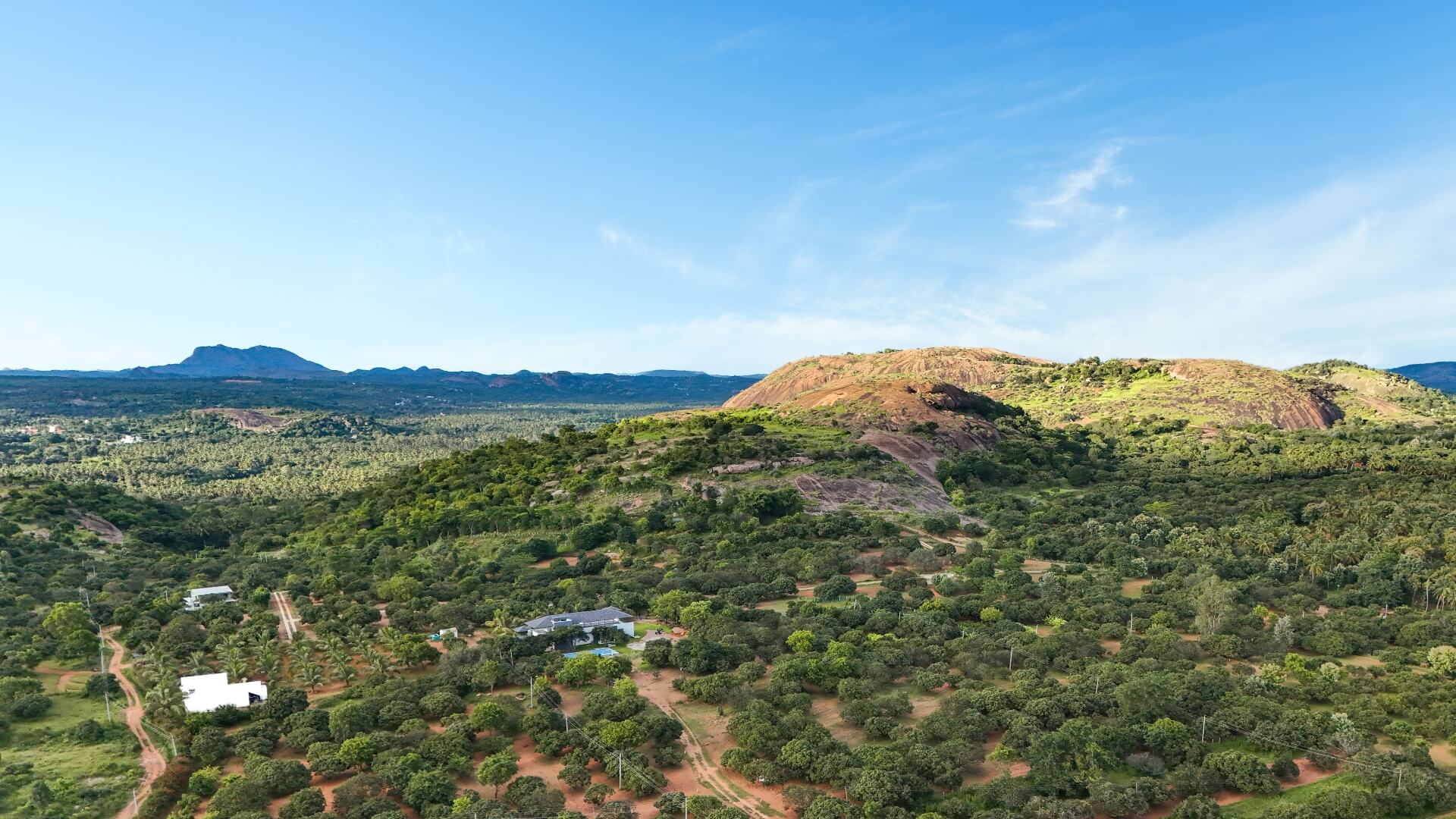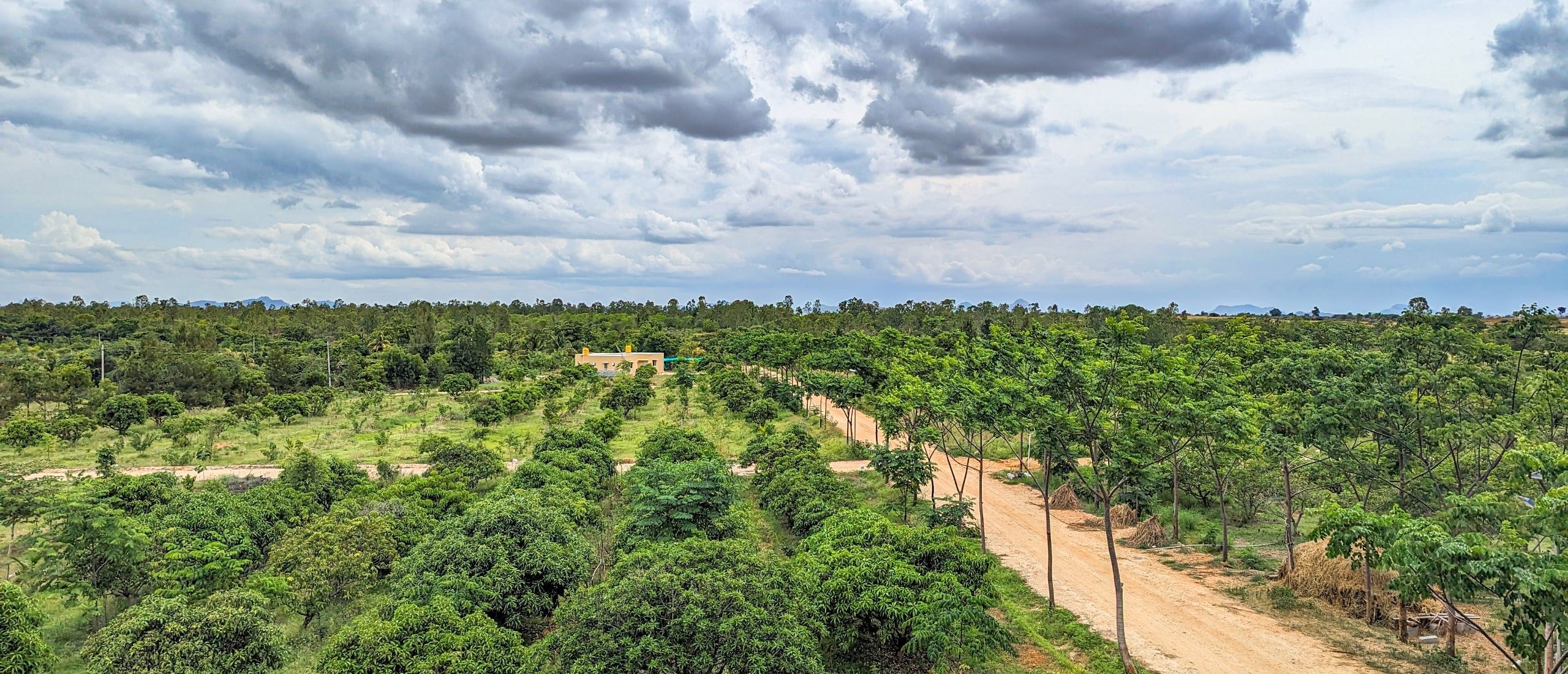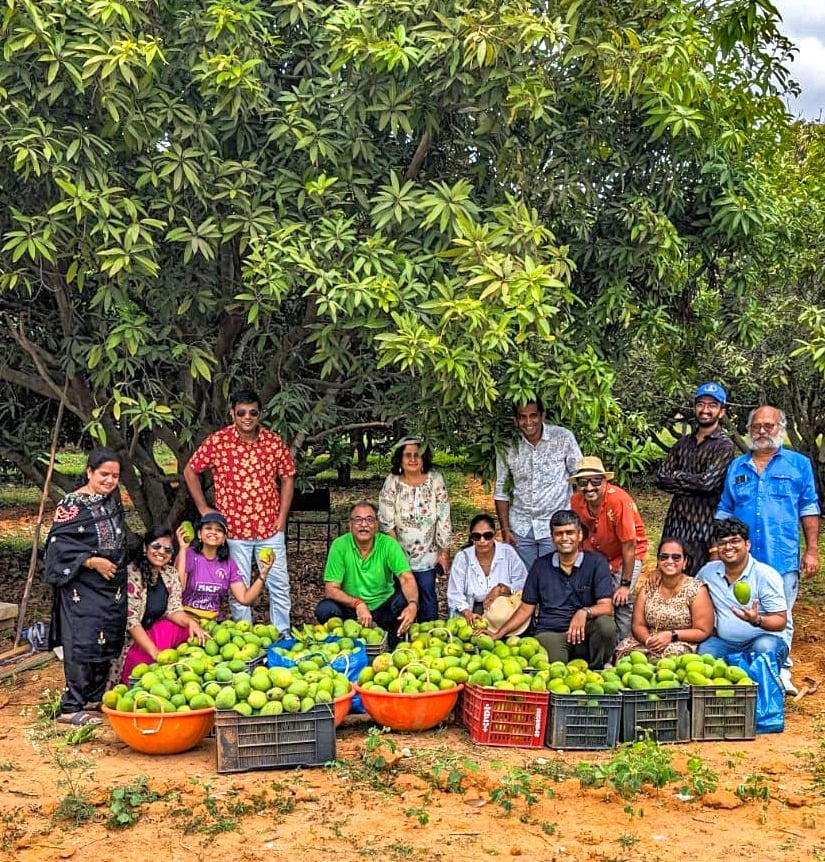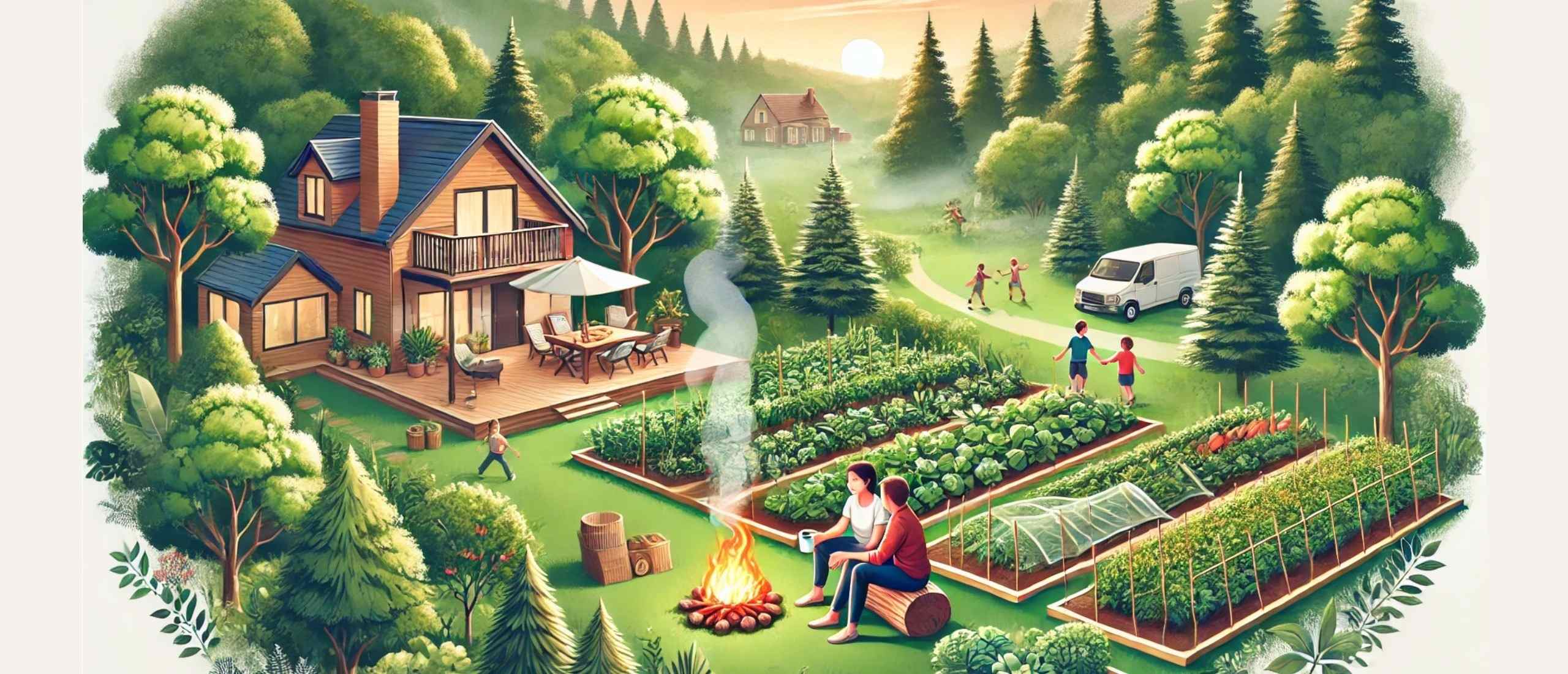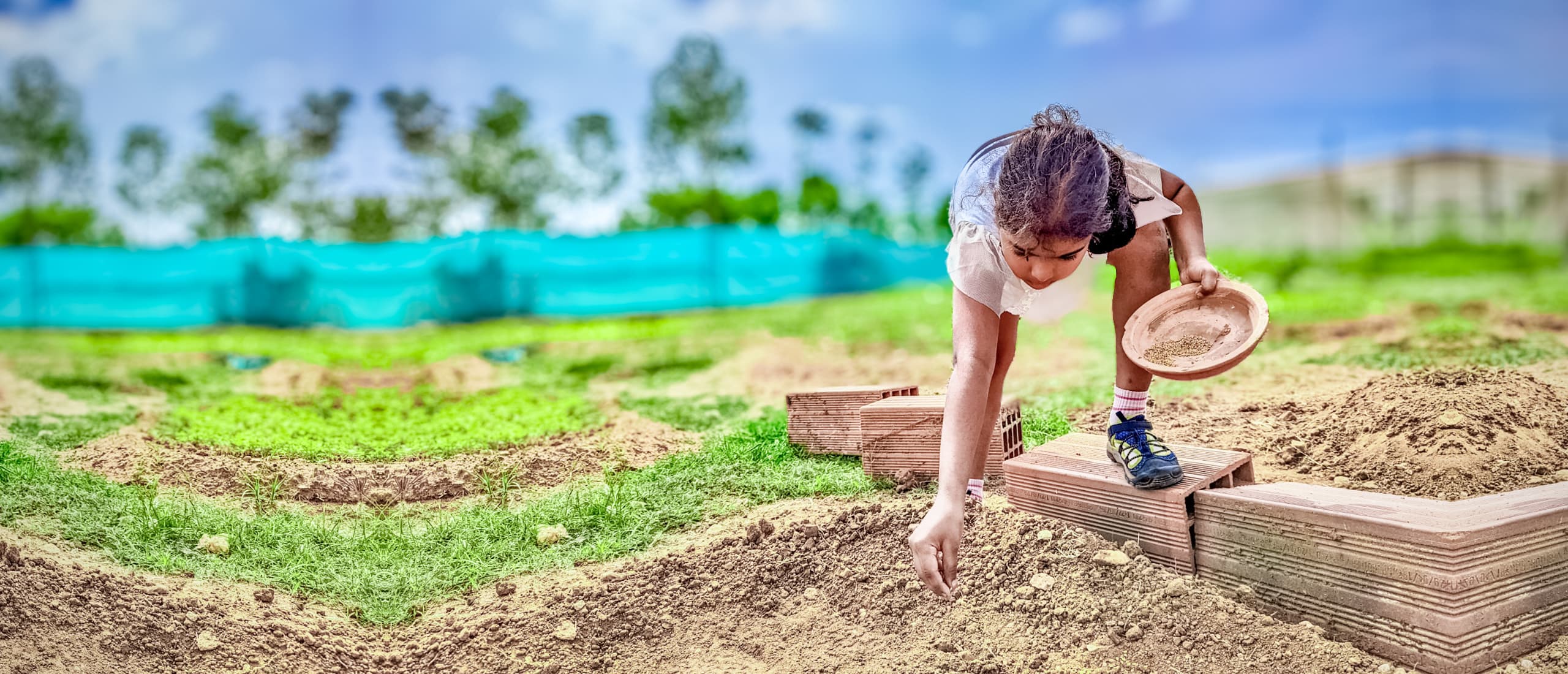December 2, 2024
“We know more about the movement of celestial bodies than
about the soil underfoot.”
— Leonardo da Vinci
Soil is often overlooked, yet it forms the foundation of life on Earth. It’s more than just a mix of sand, silt, and clay—it’s an intricate ecosystem that sustains plants, animals, and humans alike.
Soil doesn’t form overnight; it is a gradual process shaped by time and nature. The formation of a single inch of fertile soil can take hundreds to thousands of years. It is the result of an extraordinary process where rocks slowly weather and organic matter accumulates through the decomposition of plants and animals. Over time, these elements meld into a complex and life-giving mixture that consists of:
- Mineral Particles: Sand, silt, and clay, which provide structure and texture.
- Organic Matter: Humus, a rich, dark material that serves as fuel for microbial life and enhances soil fertility.
- Living Organisms: A hidden world teeming with trillions of microbes, fungi, bacteria, nematodes, and worms that continuously break down organic material, cycle nutrients, and aerate the soil.
(Fun Fact: A single teaspoon of healthy soil contains up to 10 billion living organisms. That’s more living beings than the total number of humans on Earth!)
The Essential Contributions of Soil
1. The Carbon Cycle’s Key Player
A Carbon Reservoir: Soils store 2,500 gigatons of organic carbon, more than the atmosphere and all living plants and animals combined.
Collaboration with Plants: Through photosynthesis, plants absorb carbon dioxide and transfer carbon into the soil, where microbes and organic matter hold it.
2. Agriculture’s Unsung Hero
Food Production: Soil supports 98-99% of the calories humans consume, making it indispensable for global food security.
Erosion and Decline: Soil is eroding at alarming rates; 33% of Earth’s soil is degraded due to erosion, compaction, acidification and nutrient depletion.
3. A Climate Change Mitigator
Carbon Sequestration: Healthy soils act as massive carbon sinks, capable of reducing atmospheric CO2 levels. Soil holds six times more carbon than all the plants and animals on Earth combined.
4. Nature’s Water Filter
Hydrological Benefits: Soil can hold up to 20 times its weight in water, helping to prevent floods, sustain water supply during droughts, and filter contaminants.
5. Human Health Contributor
Immune Booster: Exposure to soil microbes strengthens our immune systems and promotes mental well-being by releasing stress-reducing chemicals like serotonin.
The Environmental Toll Of Plowing
For over 12,000 years, human ingenuity has been reshaping the natural world. Practices such as deforestation, agriculture, and urbanization have fundamentally altered soil ecosystems, often at a significant environmental cost. Among these transformative innovations, the plow stands out—a tool that revolutionized farming but inadvertently became a silent contributor to climate change.
By turning over carbon-rich soil layers, the plow exposed stored organic carbon to the air, accelerating its decomposition and releasing billions of tonnes of carbon dioxide into the atmosphere. While it enabled large-scale agriculture and helped sustain growing populations, this process has steadily drained the soil of its fertility, leaving it less capable of supporting future generations.
The Challenges of Soil Degradation
Erosion and Fertility Loss: The thinning layer of topsoil threatens our ability to grow food for a projected 10 billion people by 2050.
Wetland Loss: Since 1997, the world has lost 250 million acres of wetlands, which are critical for soil and water health.
Urbanization: Expanding cities and infrastructure further depletes soil resources.
Why We Must Protect Soil
Food Security: Without healthy soil, feeding a growing population becomes impossible.
Climate Resilience: Soil helps combat extreme weather by retaining water and storing carbon.
Ecosystem Stability: Soil supports life, from the smallest microbes to the tallest trees.
Soil Health: A Regenerative Revolution
This world soil day, as the spotlight falls on the theme of “Caring for Soils,” Hosachiguru is proud to showcase a remarkable milestone in sustainable agriculture. Over the past three years, we’ve achieved an outstanding over 100% increase in organic soil carbon content, reflecting our unwavering commitment to regenerative soil management.
Through the meticulous analysis of over 300 soil samples, we observed a significant rise in soil organic carbon levels, from 0.25% in 2022 to 0.6% in 2024. This achievement underscores the transformative impact of our innovative practices designed to rejuvenate the land and foster long-term ecological health.
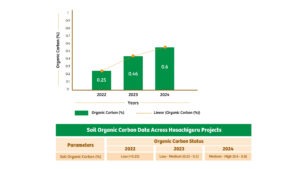
At Hosachiguru, we’ve implemented a holistic approach to soil care by embracing techniques such as mulching, no-till farming, using in-house organic solutions, and planting biomass trees. These regenerative methods not only enhance soil fertility but also:
- Boost biodiversity, creating thriving ecosystems beneath the surface.
- Strengthen resilience, enabling soils to withstand climate challenges.
- Improve soil structure, forming a stable foundation for future agricultural prosperity.
This upward trend exemplifies the tangible benefits of nurturing the soil, ensuring its vitality for generations to come. As custodians of the land, we remain steadfast in our mission to build a sustainable future, one enriched by the symbiotic relationship between humanity and nature.
The soil’s story is ours to shape—let’s nurture it today to preserve this invaluable treasure of gold.















